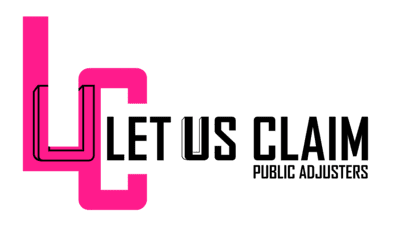¨Hurricanes don’t just appear out of nowhere. Knowing where they form helps you prepare ahead of time.¨

When a storm turns into a hurricane and threatens to hit Florida, fear and confusion often take over. But understanding where these storms begin—and why they so frequently reach the state—can help you make better decisions.
In this article, we explain in simple terms where hurricanes typically form, why Florida is one of the most vulnerable regions in the United States, and what you can do to protect your home before it’s too late.
Where Do Hurricanes Form?

Most hurricanes that impact Florida form in a large region of the planet known as the Atlantic Basin, which includes:
- The tropical Atlantic Ocean (between Africa and the Caribbean)
- The Caribbean Sea
- The Gulf of Mexico
Many of the most intense storms are born in the Cabo Verde region, off the west coast of Africa. These storms travel thousands of kilometers, driven by easterly winds, and as they move over warm waters, they can develop into hurricanes heading directly toward the Caribbean or the southeastern U.S., including Florida.
Typical Hurricane Paths Toward Florida
Meteorologists have identified three common trajectories:
1. From the Eastern Atlantic (Cabo Verde):
- Long but dangerous route.
- Often leads to high-intensity hurricanes (Category 3 or higher).
2. From the Caribbean Sea:
- Storms that strengthen quickly.
- High likelihood of impacting South Florida.
3. From the Gulf of Mexico:
- Shorter warning time.
- Strong impact on the west and central coast of the state.

Because of its location between the Gulf, the Caribbean, and the Atlantic, Florida can be hit by hurricanes from almost any direction.
Why Are These Areas Ideal for Hurricane Formation?

These regions have the perfect conditions for tropical cyclones to develop:
- Water temperatures above 26 °C (80°F)
- High humidity in the atmosphere
- Light upper-level winds that allow the system to organize
When these conditions align during hurricane season (June to November), storms can form quickly and evolve into dangerous hurricanes.
Which Areas of Florida Are Most at Risk?
While the entire state is at risk, some regions have a more frequent history of impact:
- Miami-Dade, Broward, and Monroe: gateway for storms coming from the Caribbean
- Collier and Lee: often affected by storms from the Gulf
- Tampa Bay and the West Coast: vulnerable to sudden shifts in trajectory
- Florida Panhandle: impacted by storms moving up from the south or across the Gulf
Helpful tip: If you live in a coastal county or near an evacuation zone, your property is at higher risk.

When Are Hurricanes Most Likely to Occur?

Although the official hurricane season runs from June 1 to November 30, the most active months are August, September, and October.
During this period:
- Water temperatures are at their highest
- There is a greater chance of strong storms
- Alerts and evacuations increase
How to Prepare If You Live in a High-Risk Area
Knowing you live in a vulnerable area gives you an advantage: you can prepare ahead of time.
We recommend:
- Reviewing your insurance policy to understand what it covers and what it doesn’t
- Requesting a free preventive inspection of your property
- Creating a family evacuation plan
- Preparing an emergency kit with documents, water, a flashlight, and medications
- Taking updated photos of your home and belongings

Frequently Asked Questions

How do I know if I live in a high-risk area?
You can review past hurricane path maps or contact our team to evaluate your location.
Does my insurance cover me if I need to evacuate?
It depends on your policy. Some include coverage for temporary housing expenses. Reviewing it before the season starts is essential.
Can Let Us Claim help me before the hurricane?
Yes. We can review your policy, explain your rights, and help document the current condition of your property.
“Knowing where a hurricane forms won’t stop the storm, but it will help you be ready to face it.”
At Let Us Claim, we believe that knowledge is power, and when it comes to protecting your home and your peace of mind, being proactive makes all the difference.
If you’re unsure about what your policy covers or want to know whether your property is truly protected against hurricanes, we offer a free, no-obligation inspection.
We’re here to support you before, during, and after the storm.
